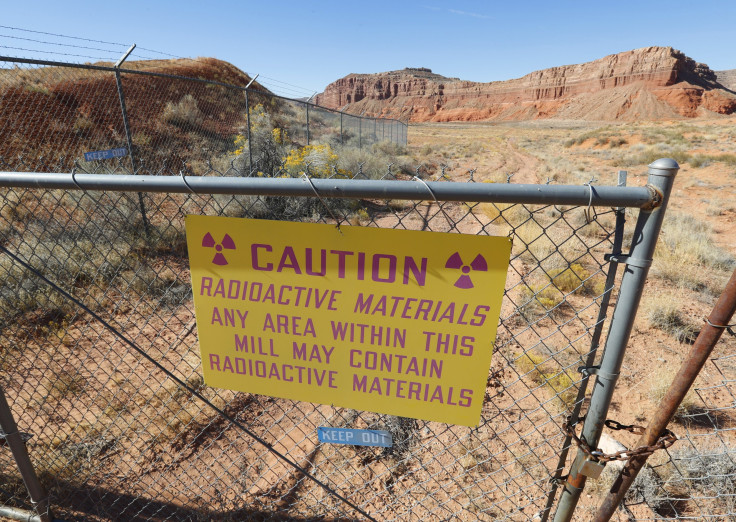Mysterious Radioactive Cloud Hovering Over Europe Traced Back To Russia

Authorities traced the origins of a mysterious radioactive cloud that passed over some 28 countries in Europe recently. First discovered over Italy in early October, the cloud was found to have originated sometime in September near the border of Russia and Kazakhstan.
A report issued by France’s Radioprotection and Nuclear Safety Institute (IRSN) detailed the findings. The radioactivity was discovered after monitors in Italy picked up on the ruthenium-106 isotope in the air.
“It’s somewhere in South Russia,” health director for the IRSN Jean-Christophe Gariel told NPR of the origins, noting that it was likely from between the Volga River and the Ural Mountains.
The area in question was known to have nuclear facilities, including one that converted nuclear fuel into weapons during the Cold War. The Mayak Production Association, a large nuclear reprocessing plant utilized during the Cold War, sits in the region and has had a number of accidents in the past.
“It’s a very low level of radioactivity,” Gariel said. “And it poses no problems for health and the environment in Europe.”
Even after the location of origin was discovered, authorities said questions remained about how the radioactive cloud appeared, as there was no apparent accident at any of the nuclear facilities. The radioactivity was not an “authorized release,” Gariel said, and likely did not come from an accident either. Instead, it was probably from “chemical reprocessing of old nuclear fuel or the production of isotopes used in medicine,” according to NPR.
And despite the low levels of radioactivity detected by monitors, findings suggested that those in close range of its origin would have needed to seek shelter to protect themselves from exposure, NPR reported.
“If it would have happened in France, we would have taken measures to protect the population in a radius of a few kilometers,” Gariel said.
Authorities also said the specific isotope located, Ruthenium-106, is not found in nature.
“It’s an unusual isotope,” said Anders Ringbom, research director of the Swedish Defense Research Agency. “I don’t think we have seen it since the Chernobyl accident.”
© Copyright IBTimes 2025. All rights reserved.





















